Himars and other long range artillery supplied to Ukraine have forced Russia to move its supplies so far beyond the front lines that it has crippled its army's ability to fight. Which was exactly the point. Russia has yet to demonstrate that it has mastered the complexity of modern combined-wars warfare, let alone that suicidal charges accomplish anything other than higher casualties. JL
Phillips O'Brien reports in his substack:
I see no indication the Russians could attempt a major, air-armor breakout. I don’t see how they could supply it, I don’t see any indication their army knows how to execute it, and I cant see the Ukrainians caught by surprise were the Russians to attempt it. Russian losses in tanks and aircraft are extremely high and we see no sign of combined-arms Russian warfighting. No one bothered to analyse how such a massive force would be supplied. Once again, logistics lost out to scary hordes of Russian tanks in the popular imagination. All this seems to be doing huge Russian losses for again unimpressive gains. What we see from Russia is a battle-focussed way not damaging Ukraine’s ability to wage war.This week has been a fascinating contrast in reporting, and once again highlights the ease with which a particular narrative about the war can quickly spread and even start influencing debates and possibly policy. The contrast was about how to understand the obvious uptick in Russian offensive military operations, primarily around Bakhmut and Vuhledar.
#Ukraine: The aftermath of an attempted Russian attack on Vuhledar, #Donetsk Oblast yesterday: a Russian BMP-1 was destroyed, a T-80BV with a KMT-7 mine trawl, BMP-2 and another BMP-1 were damaged and abandoned. The vehicles blew up on AT mines and were targeted by artillery.One story that seemed to take off, was that the Russians had massed a huge force not only of newly trained soldiers, but also tanks and aircraft and that they were poised to mount a hammer blow attack on Russian forces. This article in Foreign Policy, might have been the most extreme example. The Russians had supposedly put together 1800 tanks, 700 aircraft and hundreds of thousands of new troops. Ukraine, on the other hand, didn’t have enough and the Russian assault would start long before new NATO-standard tanks arrived.
https://foreignpolicy.com/2023/02/08/ukraine-russia-counteroffensive-abrams-tanks-putin-war/
The story took off like hot cakes as more and more alarmist reporting piled in. The Telegraph soon bumped the 1800 Russian tanks ready to strike up to 2000 and spoke of a ‘huge invasion’ of the Donbas.
Putin is said to be assembling 2000 tanks,4,000 armoured vehicles, 800 rocket-launch systems, 400 fighter jets & 300,000 troops for ‘huge invasion’ in 10 days. As Ukrainians fight for their very existence Zelensky must be given his “wings for freedom”The New York Times even put out a map, which had the Russians executing a combined arms encirclement (of the kind they have been manifestly unable to execute so far in the war). In this picture, the Russians would be expected to advance faster and further than they have since March.
For much of the winter, the war in Ukraine settled into a slow-moving but exceedingly violent fight along a jagged 600-mile-long frontline in the southeast. Now, both Ukraine and Russia are poised to go on the offensive.All of this sounded extremely alarmist, and much of it seemed to run counter to everything that has been shown for the past year. Russian advances, when they are successful, are incremental, their losses in tanks and aircraft when they engage the Ukrainians are extremely high (especially for tanks) and so far we see no sign of successful combined-arms Russian warfighting which would allow for such an amazing reversal in the course of the war.
Moreover, and I know this is my constant personal bugbear, no one bothered to analyse just how such a massive force of machines would be supplied. Once again, logistics lost out to scary hordes of Russian tanks streaking forward in the popular imagination. All I can say, is that I see no indication whatsoever that the Russians could attempt such a major, air-armor breakout and exploitation. I don’t see how they could supply it, I don’t see any indication that their army knows how to execute it, and I cant see how the Ukrainians could be caught by surprise were the Russians to attempt it.
1) Logistics. The large Russian depots are still located out of Himars range. A reminder of how this has worked from this excellent thread.
1/11 thread on the changed logistics of the 🇷🇺 forces in S-Kherson after the retreat. unloading/storing of ammo within HIMARS range was prohibited by Surovikin. causing them to abbandon HUB's like Myrne (hit nov. 11th) & Chaplynka (heli base & c2 centre) animation by @bradyafr https://t.co/6OaGClra5lWhat that means is close to the front the Russians have to rely on small, scattered depots and constant truck supply, shuttling from their larger depots far behind the lines. Supplying a breakthrough under those conditions would test the most efficient army in the world with an large number of up to date trucks, oilers, trailers etc. The Russian army is not this. One of the reasons we have seen no Russian exploitation (and only one Ukrainian exploitation for that matter) is that getting supplies forward in this war is really difficult. Tanks, APCs, etc, gobble up fuel and ammo. If you cant get it in regular supply to advancing forces, they will stop moving and in that case become a burden not a liability. So you would need to have a large store of trucks near the breakout point to head down the road with all those hundreds, even thousands of tanks. Its not happening.
2) Executing a major combined arms offensive is extremely difficult and requires complex operations of the highest order. Where is that for the Russian forces? Indeed, the most striking example this week, from a Russian attack around Vuhledar, shows that even some of what are supposed to be the best Russian units are not able to execute complex operations.
#Ukraine: Russian troops filmed some of their own losses in the vicinity of Vuhledar, #Donetsk Oblast: a destroyed T-80BV with a KMT-6 mine plough and a damaged T-72B3.Reportedly these units were some of the best trained and equipped in the Russian army.
@Marco_mmabjj Yes, 40th and 155th are naval infantry, others are regular ground forces - mobilized and volunteers. They initially thought to use Naval Infantry to take Vuhledar, but once that plan failed and "marines" were destroyed, they moved battalions and brigades from other places.Indeed, and I will talk about this in the second section, the Russian military learning that we are seeing is explicitly not related to executing armored breakthroughs and modern combined arms offensives.
3) The idea that the Ukrainians might be steamrollered by a massive, well-planned Russian offensive again seems unlikely when its clear that Ukraine is being fed high-quality US intelligence in almost meantime. IF Russia were somehow able to deploy 1800 tanks to the front for a large attack, the US would know exactly where they are. There was this Washington Post story this week of the close US intelligence sharing with Ukraine, which has been widely understood to be happening since the Spring.
An interesting story of US intelligence aid to Ukraine, which has long been suspected. Ukraine is being careful with its HIMARs and other long range ammunition, so only firing them when they are confident from intelligence that they have an important target.A big scoop from Washington Post. Puts Pentagon in an uncomfortable position. Ukrainians saying US knows where its weapons are used, therefore no risk to providing more. But makes it look like US and Ukraine working together militarily hand in glove. https://t.co/VJwcFBF34PRichard Engel @RichardEngelThe US would be able to detect any large build up of this type and get that info to the Ukrainians quickly. There would be no surprises—indeed if the Russians did mass vehicles for a major offensive, the Ukrainians would more than likely inflict more and more Vuhledars.
So the idea of some massive Russian mechanized steamroller, which spread like wild-fire last week has little in reality to recommend it. The Ukrainians, who seemed to feed the story (anonymously) earlier in the week, also seemed to understand that this story was doing them no favors (it really wasn’t). In fact, stories of growing Russian power were exactly the things those wanting Ukraine to be forced into a bad peace deal instantly latched onto to make their point. The New York Times published a number of op/eds saying Russia is now in a better shape to win the war, including this terribly wrong-headed understanding of military power.
https://www.nytimes.com/2023/02/07/opinion/russia-ukraine-us-tanks.html
However the most extraordinary example of the non-sensical vision of Russian strength was published by Edward Luttwak. https://unherd.com/2023/02/how-russia-can-end-the-war/
He assumes that a great Russian offensive out of Belarus would bring victory. Of course he doesn’t explain how the Russians could pull this off without the Ukrainians having great knowledge it would happen, how the Russians would correct their obvious shortcomings in combined operations, etc, etc. It would also, once again, leave the Russians strung out along a hugely long, mutually unsupported front, while the Ukrainians would have the benefit of interior lines and excellent intelligence. To be honest, articles like this are more of a sign of how little people who claim to be experts, understand war.
Anyway, as it might have become clear to the Ukrainians that they were actually providing support to those arguing for pressure to be put on Ukraine to agree to a bad peace, the Ukrainians changed their narrative. It was striking yesterday how all the open, official pronouncements rowed back on the over the top anonymous briefings. I had these two tweet threads on the subject.
This is the first statement by General Zaluzhnyi on the situation that I’ve seen in a few days. Good for putting things in perspective https://t.co/QUXVLeIxHS⚡️Zaluzhnyi: Ukraine holds defense, regains positions in 'some areas.' Ukrainian troops recaptured previously lost positions and gained a foothold "in some areas" along the front line, Commander-in-Chief of Ukraine’s Armed Forces Valerii Zaluzhnyi said on Feb. 11.The Kyiv Independent @KyivIndependentVery interesting to see someone with knowledge of Ukrainian intelligence trying to dampen down all this talk of a massive new Russian offensive, courtesy of this @KyivPost story.Signs of Military Learning
Much has been said about the Russian military learning, and how this will be important to any major offensive. The US Asst Secretary of Defense mentioned it in a public forum this week.
Says there are signs of Russian learning around Bakhmut--but no specifics. Also Russia has a 'deep bench' of personnel. Ultimately, though, Russia is facing 'strategic failure' in Ukraine.Certainly there have been signs of adaptation by the Russian army, though I would be reluctant to describe it as deep learning. Basically the failure of their armored vehicles to launch the kinds of offensives that many were expecting before the war, and the failure of the Russian Air Force to control the skies over the battlefield, has led the Russians to adapt by using infantry-heavy assaults to make some incremental advances around Bakhmut. Maybe the best description of this adaptation was in the substack just written by Lawrence Freedman.
My new post looks at why both Russia and Ukraine are not content with a stalemate and how they are preparing for their offensives.He describes a process that is not ‘human wave’ but more human sacrifice. Poor troops are pushed forward to be slaughtered, but in their slaughter they hopefully reveal Ukrainian positions, so that the following Russian troops, better trained, supplied and motivated, can make use of this information to advance.
I suppose this can be called learning of a type, in that it is a newer tactic to try and achieve a goal. Though I would argue it remains a long-way from learning, as it provides little strategic advantage to the Russians and actually is causing such a steep rise in Russian casualties that its hopefully hastening their overall defeat.
This kind of sacrificial way of using their soldiers, many of whom were prisoner volunteers, is already losing traction. Russian prisoners, who have heard of the fate of their fellows who agreed to serve in the fighting, have stopped volunteering.
Wagner’s Yevgeny Prigozhin says the Russian paramilitary group is no longer recruiting prisoners to fight in Ukraine. He doesn’t say why, but reports of the convicts being sent to their deaths were putting off new volunteers, per independent Russian mediaSo already the supply of those who can be used in this way is showing strain. Its not a successful long-term adaptation unless the Russians can provide for a constant supply of sacrificial prisoners for such attacks. If news of the reality has already made it back to Russian prisons, this is unlikely to be a tactic that the Russians can use with regular troops.
The second is that all this seems to be doing is leading to huge Russian losses for again not impressive gains. The last two weeks have witnessed massive Russian casualties, only comparable to the start of the war.
Latest Defence Intelligence update on the situation in Ukraine - 12 February 2023 Find out more about the UK government's response: ow.ly/6l5T50MQ9CL 🇺🇦 #StandWithUkraine 🇺🇦Its not a viable way of war going forward. Though that doesn’t mean Russia wont try it for a while. Partly because it’s the only thing that seems to have worked—though I would say its worked in a self-destructive way.
So yes, we have seen some Russian tactical adaptation on the battlefield, and it has led to a new way to make incremental territorial gains, but personally I would be reluctant to describe it as significant military learning.
Indeed, what it points to is that the Russian massive offensive is really a pick up in the pace of what they have been doing the last few weeks and months. They certainly do have large numbers of troops, though the training of them remains suspect. I very much agree with the ISW analysis.
11/ Recent footage of a failed Russian assault near #Vuhledar, Donetsk Oblast has become the next point of neuralgia in the Russian information space and demonstrated the systemic poor training of Russian mobilized personnel.As long as Ukraine has enough ammunition (always the key consideration) these massive Russian offensives should be containable. Indeed, assuming Ukraine does have enough ammo, its preferable to see the Russians expending their resources in this wasteful way. It would be worse for the Ukrainians if the Russians were intelligently collecting their resources.
So that, at least is my take on what is going on. I know what I have to say is rather different than many others, and all I can say is that Im trying to relay my perceptions of this war. One thing that I have been struck by is the alarmist reporting and reactions that seem to cascade back and forth at times. I simply don’t get particularly excited by this battle or that town. Such event-driven understanding of war seems to miss the point. War is one through one side generating stronger and better forces, and using that force to stop the other side from doing the same. What we see from Russia is a battle-focussed way of war that is not actually damaging Ukraine’s ability to wage war. Until they change that, I remain unconvinced that we are seeing significant military learning.



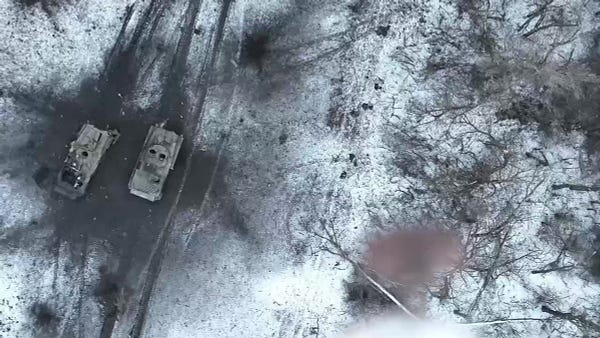
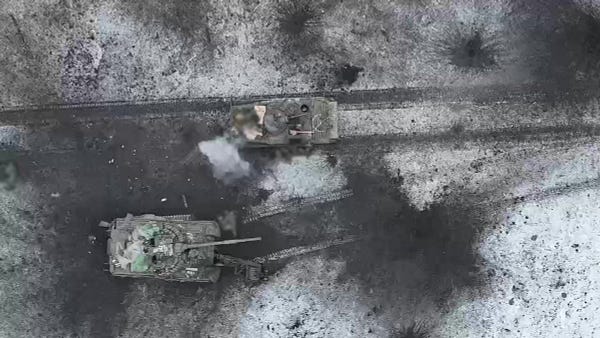
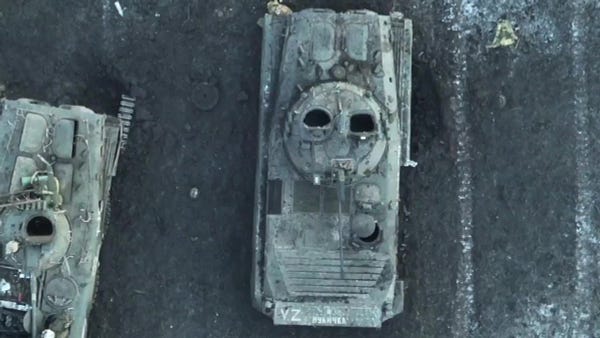
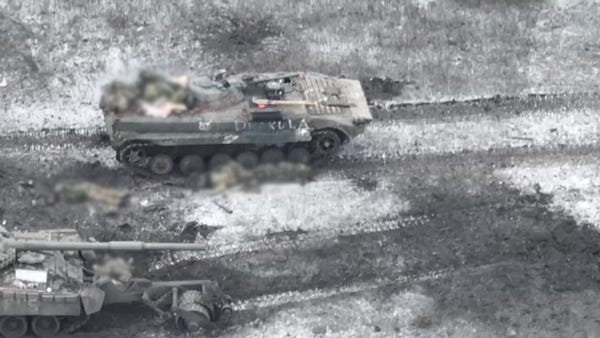

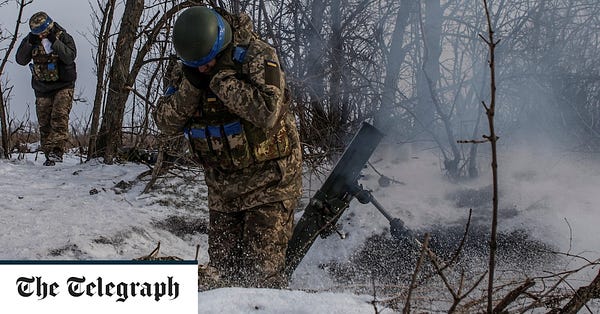


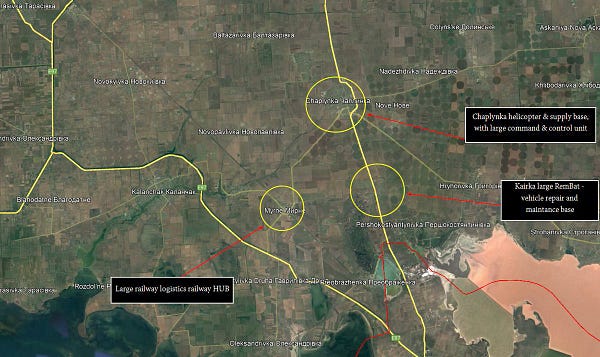






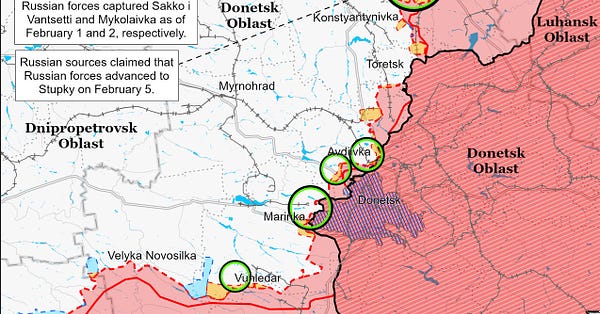



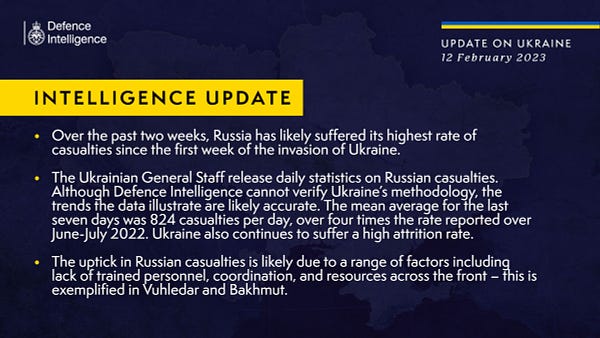



















3 comments:
Ideal in addition to Least expensive Jabodetabek Individual Lessons, each of our workers plus tutors occur to your home, placed your analyze program and can decide on just about any arena connected with analyze ... click https://kursus-akuntansi.netlify.app/kursus-akuntansi-depok.html for more details
Executive-Education.id is a private teacher provider site in Jabodetabek that is there to help parents to discover tutors for their kids as outlined by their wishes... click https://privat-sbmptn.vercel.app/les-privat-sbmptn-ciracas.html for further
You could possibly will find a cheaper fee compared to table above, make sure again around the qualifications of your teacher / Kindergarten teacher recommended for you ... for more information https://biologi-exed.blogspot.com/2022/06/les-privat-biologi-di-kemang-terdekat.html
Post a Comment